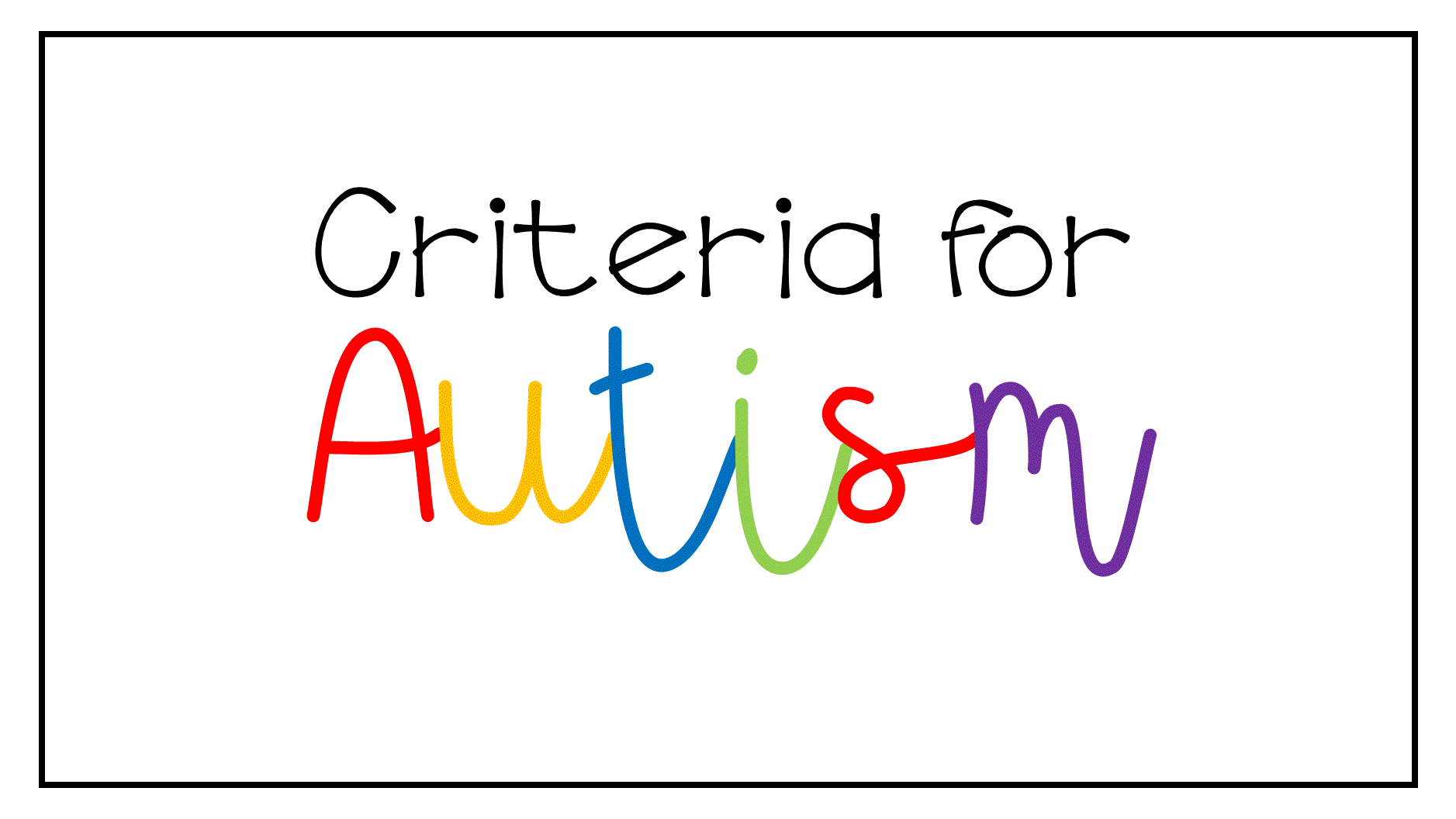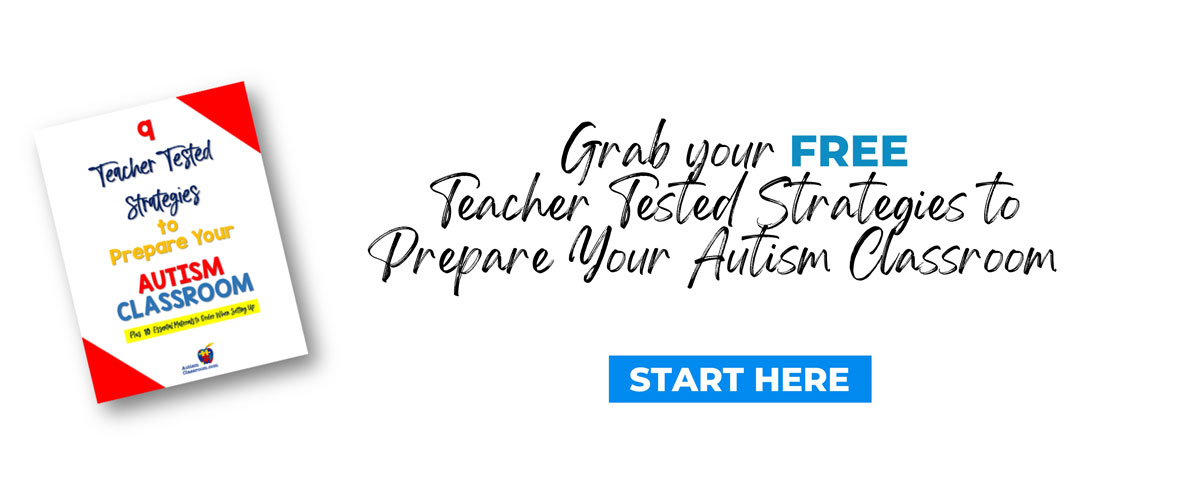 Inside: autism what is it, what is on the spectrum and criteria for autism.
Inside: autism what is it, what is on the spectrum and criteria for autism.
For years, professionals used different ways to diagnose autism. Eventually a standard set of criteria was needed to attempt to get on the same page.
The DSM-IV was the go-to guide for defining autism for a long time. It included separate categories like Asperger’s Syndrome and PDD-NOS. 
Here is what it used to say below.
Former Definition Autism Diagnostic Criteria (from DSM-IV Manual)
Autism what is it going to look like as it relates to social interaction?
(A) A total of six (or more) items from (1), (2), and (3), with at least two from (1), and one each from (2) and (3):
1. Qualitative impairment in social interaction, as manifested by at least two of the following:
(a) marked impairment in the use of multiple nonverbal behaviors such as eye-to-eye gaze, facial expression, body postures, and gestures to regulate social interaction
(b) failure to develop peer relationships appropriate to developmental level
(c) a lack of spontaneous seeking to share enjoyment, interests, or achievements with other people (e.g., by a lack of showing, bringing, or pointing out objects of interest)
(d) lack of social or emotional reciprocity
Autism what is it going to look like as it relates to language?
2. Qualitative impairments in communication as manifested by at least one of the following:
(a) delay in, or total lack of, the development of spoken language (not accompanied by an attempt to compensate through alternative modes of communication such as gestures or mime)
(b) in individuals with adequate speech, marked impairment in the ability to initiate or sustain a conversation with others
(c) stereotyped and repetitive use of language or idiosyncratic language
(d) lack of varied, spontaneous make-believe play or social imitative play appropriate to developmental level
Autism what is it going to look like as it relates to actions and interests?
3. Restricted repetitive and stereotyped patterns of behavior, interests, and activities, as manifested by at least one of the following:
(a) encompassing preoccupation with one or more stereotyped patterns of interest that is abnormal either in intensity or focus
(b) apparently inflexible adherence to specific, nonfunctional routines or rituals
(c)stereotyped and repetitive motor mannerisms (e.g., hand or finger flapping or twisting, or complex whole-body movements)
(d) persistent preoccupation with parts of an object
(B) Delays or abnormal functioning in at least one of the following areas, with onset prior to age 3 years: (1) social interaction, (2) language as used in social communication, or (3) symbolic or imaginative play.
(C) It is not better accounted for by Rett’s Disorder or Childhood Disintegrative Disorder. (DSM-IV)
New & Current Information for Criteria for Autism (DSM-V)
Over time, experts realized these distinctions may have needed even more clarity. That’s when the DSM-5 (Diagnostic and Statistical Manual Version 5) came in, combining everything under one term: Autism Spectrum Disorder (ASD). Making it clearer what is on the spectrum and what is not. This is what is current.
So, what is on the spectrum is now clearly identified by a wide range of strengths and challenges, with different levels of support needed. This update helps professionals better understand autism and work to provide the right interventions. Having clear, consistent criteria for autism is critical for that reason.

Links to information on the current DSM-V criteria for autism can be found below.
Criteria for Diagnosis of Autism
Links to some of our articles about autism and what it is are below.
More About Autism
Characteristics of Autism
Social Skills Strategies for Children with Autism
If you are you are a parent navigating daily challenges you might like the information from this set of emails.
If you are an educator looking for classroom strategies,
or a therapist seeking effective interventions,
our tools are designed to provide guidance and support.
You may like the information from this set of emails.


